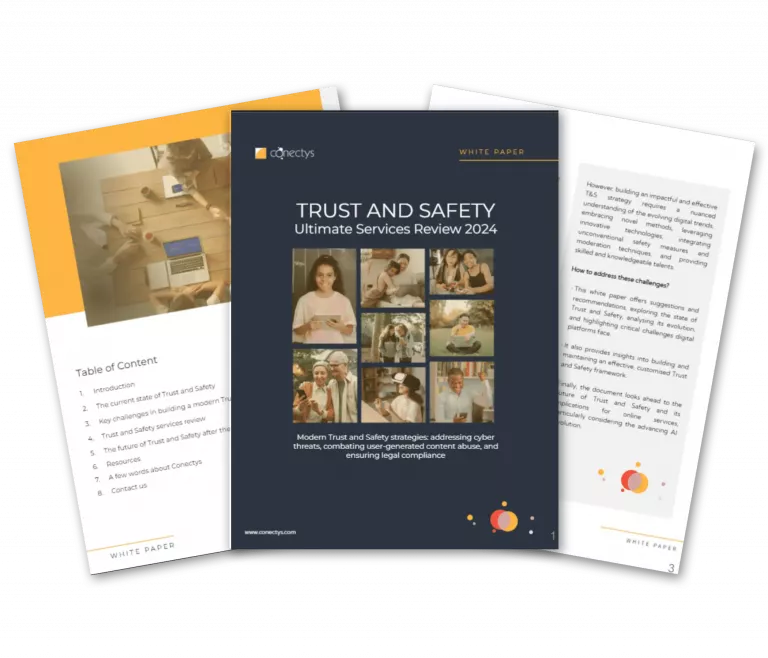What is a customer effort score?
Customer effort score, which is often just called CES, attempts to measure how much effort a customer needs to put into getting information or response from a business. If you visit a brand that you’ve bought from, and you can get ahold of a person or a chat within minutes, that’s a good customer effort – and what customers expect. If it takes a huge amount of time to reach someone to resolve an issue or ask a question, that’s a poor customer effort and exactly the opposite of what you should be providing your customers with.
When you measure customer effort score and make an effort to improve it, what you’re doing for your brand is limiting negative word of mouth, improving the overall user/customer experience, and reducing customer service costs.
How is the customer effort score calculated?
Calculations can vary but in general, you use a 1-7 score survey. 5, 6, and 7 as a response are “effort was easy.” You take the number of easy responses – again, scores of 5 or higher – and divide it by the total number of responses. If you surveyed 100 people, and 80 scored you 5+, then your customer effort score would be 80/100, or 80%. That would be a strong benchmark CES score in most industries, but the benchmarks do vary by specific industry.


